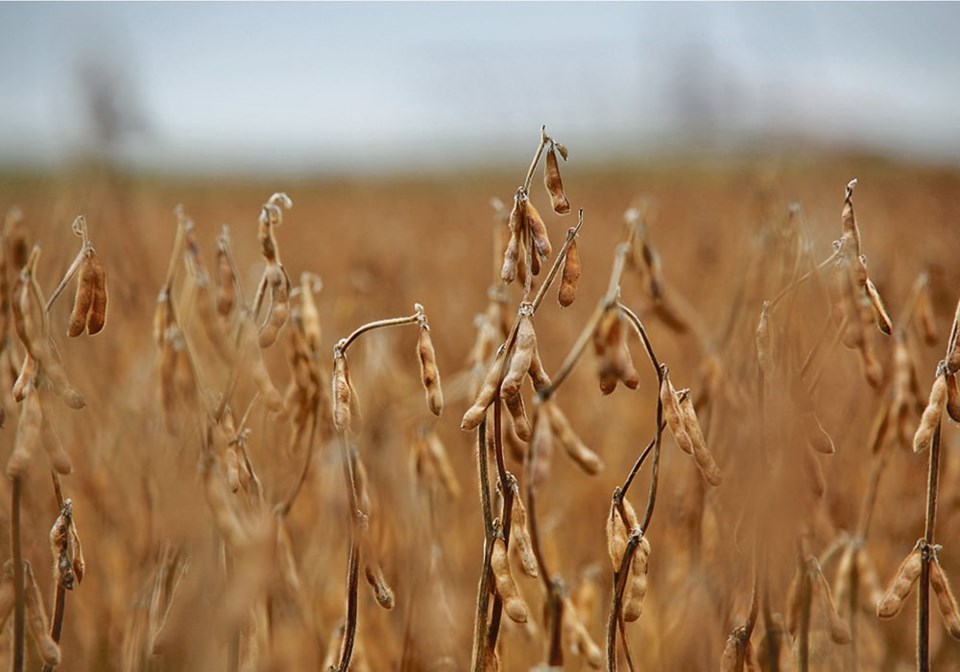WESTERN PRODUCER —There is plenty of uncertainty in world soybean markets, says an economist.
Much of the confusion stems from a Dec. 1 announcement by the U.S. Environmental Protection Agency.
The EPA set its proposed renewable volume obligation for biomass-based diesel at 2.82 billion gallons for 2023, rising to 2.95 billion gallons by 2025.
The proposal was a huge disappointment for the soybean sector considering there could be more than seven billion gallons of production capacity by 2025 between existing biodiesel plants and proposed renewable diesel plants.
“All of the sudden, you really don’t need all of those renewable diesel plants,” Scott Gerlt, chief economist of the American Soybean Association, told delegates attending the USDA’s 99th annual Agricultural Outlook Forum.
The EPA said there will not be enough feedstock to support that many new plants.
But the ASA said the expanded soybean crush capacity announced by companies would increase soybean supplies by about 5.5 billion pounds, enough to make 700 million gallons of renewable diesel.
That doesn’t consider other feedstocks, such as canola oil, used cooking oil and tallow.
The EPA announcement slashed soybean crush margins. Margins in central Illinois that had climbed to US$4.30 per bushel in November 2022 from $1.30 per bu. in January 2021 immediately dropped by $1.50 per bu.
“If you don’t need the feedstock for renewable diesel going into the future, you don’t need to crush as many beans,” said Gerlt.
The value of soybean oil as a share of soybean crush fell to 40 percent from a high of 55 percent. It would be even lower if the trade didn’t have some hope of the EPA reversing its decision.
The final rule is due on June 14, 2023.
“That’s when we’ll have certainty,” he said.
The industry is on pause until then with a lot of proposed crush projects pulling back until they see the EPA’s final rule.
Another area of uncertainty is Chinese soybean imports, which have been declining the past couple of years.
China lost a lot of its hog herd a few years ago due to African swine fever. The country then overbuilt the herd during the rebound phase and is now going through a correction.
The country is importing fewer soybeans, has fewer stocks and has reduced its domestic crush.
However, Chinese statistics show that pork production has been exploding, increasing in each of the last eight quarters.
That doesn’t make sense.
“What’s going on? The answer is, I don’t know,” said Gerlt.
“It matters a lot as we think about the future, but I don’t know.”
The third major uncertainty is the size of South America’s crop.
The USDA has been steadily decreasing its estimate for combined production out of Brazil and Argentina.
Its latest forecast calls for 194 million tonnes of production. Many analysts think that is too high.
“There is potential for this to fall off a lot more,” he said.
A lot will depend on March rainfall.
However, Brazil is still set to harvest a record crop and that could weigh on world soybean markets.

